
- Za darmo
ebook Masterpieces of Polish Literature and Film Pharaoh, The Wedding, Mother Joan of the Angels
Odkryj arcydzieła polskiej literatury i filmu w nowym świetle z książką Masterpieces of Polish Literature and Film, autorstwa Lidiji Rezoničnik i Seweryna Kuśmierczyka. Wydana przez Wydawnictwa Uniwersytetu Warszawskiego w 2023 roku, ta fascynująca publikacja jest wyjątkową podróżą przez polskie dzieła kultury, które zyskały miano klasyki.
Książka skupia się na trzech fundamentalnych utworach: powieści Faraon Bolesława Prusa, dramacie Wesele Stanisława Wyspiańskiego oraz opowiadaniu Matka Joanna od Aniołów Jarosława Iwaszkiewicza. Autorzy przedstawiają nie tylko ich literacką formę, ale również filmowe adaptacje, które weszły do kanonu polskiego kina.
Dzięki Masterpieces of Polish Literature and Film czytelnik zanurzy się w szerszym kontekście kulturowym i historycznym tych dzieł, odkrywając ich znaczenie dla rozwoju polskiej literatury oraz filmu. Analizy i interpretacje są bogate w informacje pozyskane bezpośrednio od twórców, co czyni tę książkę nieocenionym źródłem wiedzy dla miłośników sztuki.
Znajdziesz tu również omówienie metody analizy antropologiczno-morfologicznej dzieł filmowych, opracowanej przez Seweryna Kuśmierczyka. Metoda ta pozwala na głębsze zrozumienie tekstu i jego oddziaływania kulturowego.
Dostępna w formacie ebook PDF, książka jest dostępna do pobrania i czytania online lub na urządzeniach mobilnych. Jeśli szukasz najlepszych ebooków literatury pięknej, nie przegap tej wyjątkowej publikacji!
Publikacja licencjonowana jest Creative Commons Uznanie autorstwa 3.0 PL (CC BY 3.0 PL), co pozwala na swobodne korzystanie i dzielenie się wiedzą. Odwiedź sklep z ebookami już dziś, aby zakupić swoją kopię i rozpocząć fascynującą podróż przez polskie arcydzieła literatury i filmu!
Spis treści ebooka Masterpieces of Polish Literature and Film
INTRODUCTION 9PHARAOH
Lidija Rezoničnik
“We Are the State”. Pharaoh by Bolesław Prus 17
The Feuilleton Novel and Book Versions 20
Egypt in the Polish Literary Tradition and among
Readers 21
The Narrator and the Image of Egypt 22
A Historiosophical Novel 24
A Bildungsroman Novel 25
The Mechanisms of the Operation of the State 28
Bibliography 31
Seweryn Kuśmierczyk
The Cinematic Image of Ancient Egypt. Pharaoh by Jerzy Kawalerowicz 35
Ancient Egypt: A Reality that Exists 36
Scenography 39
Light in Pharaoh 42
Archetypal Light 43
Why Did the Sand Have to Be Grey? 44
Light of Ramses 45
The Solar Eclipse Scene 45
Light in Interiors 46
Pharaoh’s Colours 50
Pharaoh as a Cohesive Form 55
The Main Compositional Axis of the Film 55
The Central Composition, Symmetry and Register
Perspective 57
The Presence of a Subjective Camera 59
Subjective Camera Proxemics in the Battle Scene 60
Music and the Audio Layer of the Film 64
Pharaoh as a Work of Craftsmanship 67
Images from the Film 68
Bibliography 74
THE WEDDING
Lidija Rezoničnik
“Poland – That Is a Big Thing”. The Wedding by Stanisław Wyspiański 81
Kraków after Wyspiański’s Return from Paris 82
The Play The Wedding: Extraliterary Background 83
First Reading and Theatre Staging 86
Internal and External Structure of the Play 89
National Drama 91
Symbolism 92
Synthesis of the Arts 93
Dialogue with Painting 94
Dialogue with Music 98
Dialogue with Literature 99
“Blow the Horn with Utmost Might and All Our Spirits
Will Ignite as Never in a Century!” 101
Bibliography 102
Seweryn Kuśmierczyk
A Film Mandala. The Wedding by Andrzej Wajda 106
The Film The Wedding as a Performance of Stanisław
Wyspiański’s Score 108
The Film Setting of The Wedding 109
Like a Raven at a Wedding… 112
A Film Planned on a Mandala 113
The Fractal Structure of the Movie 114
The Dance Sequence 116
Rachel 118
“No Matter What He Has in Mind or, in His Dreams,
May Find” 119
“He’s Not Just Anyone…”: The Helper 121
The Liminality of the Night in Bronowice 123
The Dramaturgy of Colours 124
The Metamorphosis of the Dance 126
Images from the Film 127
Bibliography 133
MOTHER JOAN OF THE ANGELS
Lidija Rezoničnik
A Metaphor for Evil. Mother Joan of the Angels by Jarosław Iwaszkiewicz 141
Loudun and Ludyń: Chronotope 143
Demons, Human Nature or Personal Trauma? 144
The Rabbi and the Jewish Community 147
Internal Form of the Novella 148
The Ambiguity of the Literary Characters 149
A Metaphor for Evil 149
Bibliography 151
Seweryn Kuśmierczyk
Lost Travellers. Mother Joan of the Angels by Jerzy Kawalerowicz 154
The Drama of Human Nature 155
A Film by Jerzy Kawalerowicz and Jerzy Wójcik 158
The Closed Space of the Action Space 160
The Opposition of the Inn and the Monastery 161
“They’re Ringing. Why Are They Ringing?” 163
Principles of Frame Composition 164
The Presence of the Golden Ratio in the Temporal
Structure of the Film 166
On the Threshold of the Inner World 169
The Audio Layer of the Film and the Meaning of the
Music 170
The Role of Spinning and Circular Motion 172
White, Black and Liminal Grey 173
“And I Became to Myself a Barren Land” 177
Images from the Film 180
Bibliography 188
Seweryn Kuśmierczyk
Anthropological-Morphological Analysis of a Film as Film Studies Practice 195
The Cinematographic Work Deserves Attention 195
‘Thick Description’ in Film Studies 196
The Principle of Syzygies 197
Analytical Proceedings 198
Anthropology and Poetics 200
Bibliography 201
FILMOGRAPHY 207
INDEX OF NAMES 213
Szczegóły ebooka Masterpieces of Polish Literature and Film
- Wydawca:
- Wydawnictwa Uniwersytetu Warszawskiego
- Rok wydania:
- 2023
- Typ publikacji:
- Ebook
- Język:
- polski
- Format:
- epub mobi pdf
- Liczba stron:
- 220
- Miejsce wydania:
- Warszawa
- ISBN dla wersji papierowej:
- 9788323558231
Recenzje ebooka Masterpieces of Polish Literature and Film
-
Reviews (0)

Na jakich urządzeniach mogę czytać ebooki?
- Za darmo


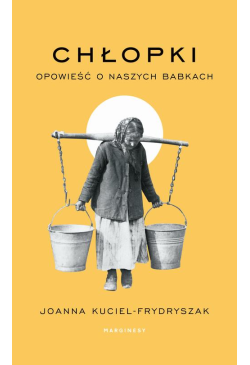
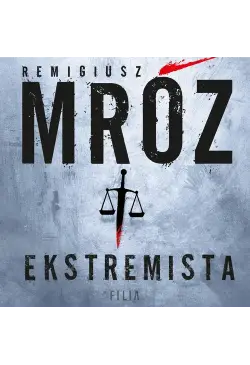
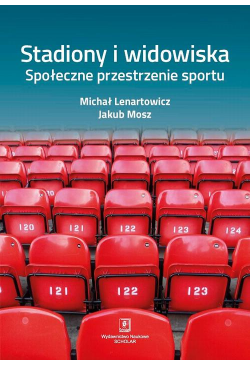
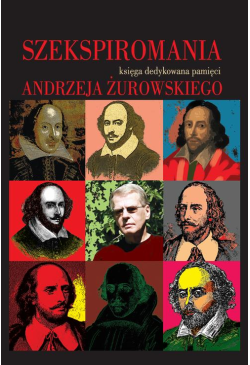

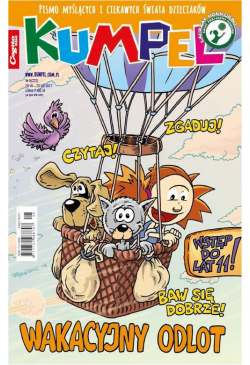
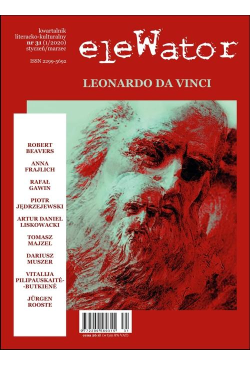
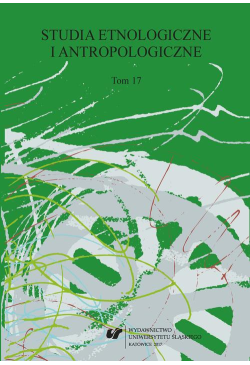


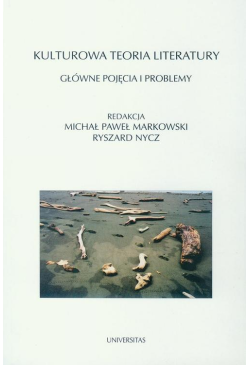
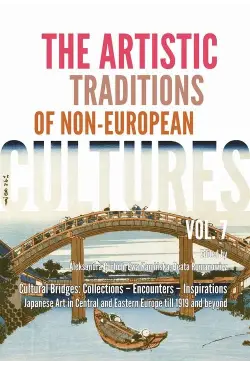

@CUSTOMER_NAME@
@COMMENT_TITLE@
@COMMENT_COMMENT@